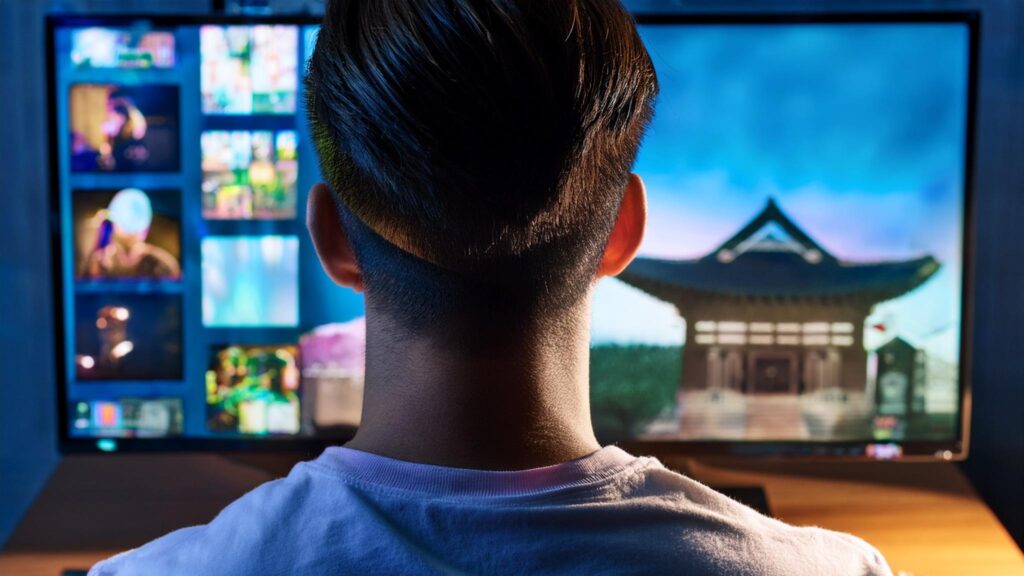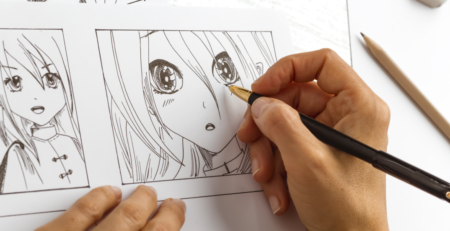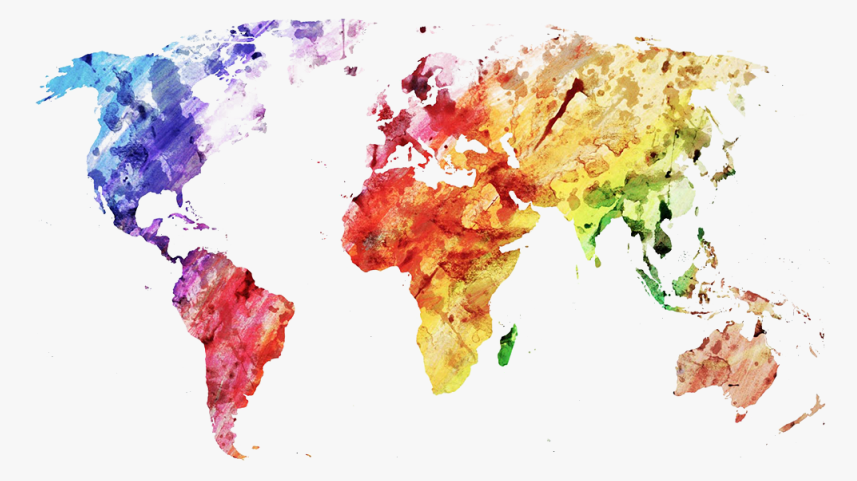MT in Game Localization: Strategic Tool or Risky Shortcut?
With nearly two decades of experience in the localization and translation industry, we’ve seen technologies evolve from simple aids to essential pillars in our workflows. Among these, Machine Translation (MT) and Machine Translation Post-Editing (MTPE) have sparked both innovation and debate—especially in creative fields like video game localization.
MTPE can dramatically improve speed and scalability. However, without careful application, it can also jeopardize the player experience, brand reputation, and project success. So, when is MTPE a powerful asset and when does it become a dangerous shortcut?
MT Suitability Spectrum
In game localization, content suitability for MT falls along a spectrum. Here’s how we assess it:
| Content Type | MT Suitability | Notes |
| UI strings | ✅ High | Often repetitive and standardized. |
| Legal disclaimers | ⚠️ Medium | Can be assisted by MT, but requires legal/language review. |
| NPC dialogue | ❌ Low | Highly creative, tone-sensitive, culturally nuanced. |
| Item descriptions | ⚠️ Medium | Some creativity, but it could be manageable with review. |
| Marketing copy | ❌ Low | Requires transcreation and brand voice adaptation. |
Using MT requires the ability not only to identify content suitability, quality, and volume requirements but also to determine the best workflow for any type of post-editing necessary to achieve the desired quality and not to ruin the player’s immersive experience. It is important to highlight that lots of money and resources are invested in providing great immersive experiences for users. This seems quite obvious but is often overlooked when deciding on the localization approach of the game.
Among the different types of post-editing services, the most popular are:
Light Post-Editing (LPE): This type involves minimal intervention, primarily focused on correcting overt errors and ensuring the translated text flows naturally in the target language. It is best suited for content where fast delivery is prioritized over perfection.
Full Post-Editing (FPE): FPE treats the machine-generated output as a rough draft. Editors extensively revise the text, rewriting substantial portions to enhance clarity and readability. This approach is ideal for critical materials that require a high level of accuracy and branding consistency.
Post-Editing for Terminology and Style: Specialized post-editing focuses on ensuring consistent use of terminology, adherence to specific style guides, and overall brand voice. This is crucial for industries that require strict compliance with glossaries and stylistic preferences.
Effective Post-Editing Workflows
Effective post-editing is not just about correcting errors; it involves a well-structured workflow:
Traditional Workflows: This conventional approach typically follows a linear process where a single translator handles all steps in the translation and post-editing stages. While straightforward, it may not always accommodate the nuanced demands of complex projects.
Specialized Workflows:
- Pre-Editing: Preparing the source text for optimal MT performance is essential. This involves simplifying language, clarifying ambiguities, replacing idioms or metaphors with straightforward expressions, standardizing terminology across the text to avoid inconsistency in MT output, and more.
- MT Engine Selection: Choosing the most suitable MT engine for specific language pairs and industry domains is critical. Organizations must evaluate the strengths and weaknesses of available engines to meet their distinct needs.
- Post-Editing by Specialists: Employing different and specialized editors for various tasks—such as terminology management, style refinement, and cultural adaptation—ensures quality output tailored to the intended audience.
- Quality Assurance (QA) Checks: A final review phase is vital to ensure the translated content’s accuracy and consistency. QA checks help catch overlooked errors and align the final product with brand expectations.
Case Study: 2D RPG Game Localization – Navigating the Challenges of Machine Translation
This case study explores the localization process of a 2D RPG game with an extensive word count, highlighting both the challenges and successes encountered when integrating machine translation (MT) into a multilingual localization workflow. When we joined the project, the localization strategy had already been set. Our primary focus was to be the best partner in optimizing the workflow and ensuring the highest quality outcome.
Project Scope:
- Source Language: Korean
- Intermediate Language: English (generated via MT)
- Target Languages: Spanish, Brazilian Portuguese
- Workflow: Korean > MT to English > Human Translation to Target Languages
Challenges:
The primary challenge stemmed from the decision to rely solely on MT for the initial Korean-to-English translation. This introduced several issues:
- Source Text Quality: The MT-generated English text suffered from inaccuracies, inconsistencies, and stylistic issues due to the inherent limitations of MT, especially when dealing with creative content like a game narrative.
- Error Propagation: Errors in the English source propagated to all target languages, necessitating extensive queries and clarifications with the client. This significantly impacted project timelines and increased the workload for linguists.
- Game-Specific Terminology: The MT engine struggled with game-specific terminology and creative language, often mistranslating key elements, including the game’s title. This required meticulous attention to detail and extensive research by the localization team.
Mitigation Strategies:
To overcome these challenges, a rigorous three-step approach was adopted:
- Thorough Translation: Linguists with expertise in game localization meticulously translated the English source, paying close attention to accuracy, consistency, and cultural nuances.
- Comprehensive Revision: A second linguist reviewed the translated text, focusing on identifying and correcting any errors, inconsistencies, or stylistic issues.
- Final Proofreading: A final proofreading stage ensured the translated text was free of any remaining errors and adhered to the highest quality standards.
Outcomes:
- Positive: High-quality final translations were achieved.
- Negative: The project faced significant delays and increased costs due to the poor MT output. This impacted the project timeline and budget, potentially affecting client satisfaction.
Further Impacts
Poor MT quality in game localization can negatively affect:
- Player Experience: This leads to broken immersion, frustration, and a negative perception of the game’s quality.
- Business Goals: Resulting in poor app store reviews, damaged brand reputation, ineffective marketing campaigns, and reduced player retention.
Key Takeaway
Machine Translation can be a powerful asset in game localization, but only when applied strategically. Ensuring a high-quality player experience requires more than just automation—it demands human expertise to refine and validate MT output. A human-in-the-loop approach is essential for creative content, where linguistic nuances and cultural adaptation play a crucial role. The goal of localization isn’t just to translate but to expand the gaming community and faithfully recreate (or even enhance) the original playing experience across languages.
Want to assess whether your game content is MTPE-ready? Let’s talk. We’ll help you find the right balance between speed, quality, and cost.













